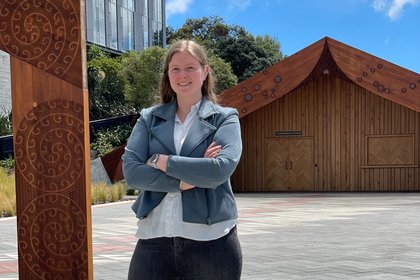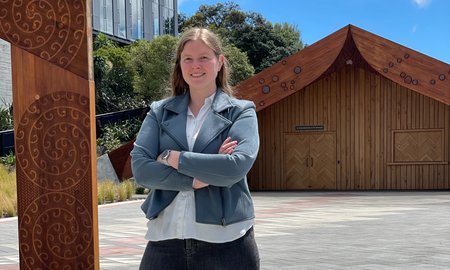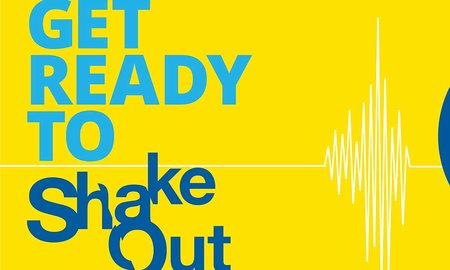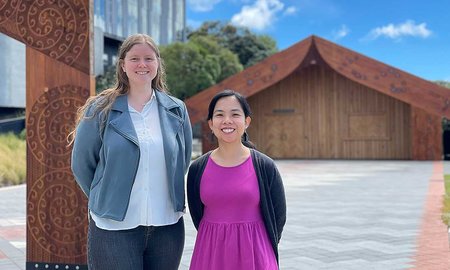
Dr Lauren Vinnell.
A survey conducted by Massey’s Joint Centre for Disaster Research in October 2021, following two earthquakes that triggered Android Earthquake Alerts (AEA) on Android phones, sought to assess how much Kiwis know about the system, how they responded to it and whether they found it useful.
Research author Dr Lauren Vinnell says that, unlike other countries, New Zealand does not have an official public Earthquake Early Warning (EEW) system.
“The AEA system works by using cellphone accelerometers to detect potential earthquake shaking and then alert users within an area expected to feel shaking. However, there was little to no communication to the public about this system, or education about how it works. As a result, our survey found that while most respondents found the system useful, they didn’t know much if anything about either Earthquake Early Warning systems or Android Earthquake Alerts.”
Further to this, Dr Vinnell says most people who received the alert did not take the appropriate action to drop, cover and hold to protect themselves from the shaking, instead either waiting, looking for information, mentally preparing, telling others or doing nothing.
“Most of the people who did nothing didn’t have enough time, didn’t understand the message, didn’t know what to do, or expected the shaking to be light,” she adds.
Another interesting finding was that only a quarter to a third of the 3000 respondents knew that the alert came from Google, with roughly as many thinking it came from the National Emergency Management Agency, and more thinking it came from GNS Science or GeoNet.
Dr Vinnell says the study shows that the New Zealand public see some value in EEW, but currently do not know much about it, including who is responsible for the current system or how to respond appropriately to an alert.
“Given the low levels of knowledge, it’s highly likely that there is a low awareness of Early Earthquake Warning limitations, including false and missed alert rates, and the fact that warning times decrease the closer the user is to the earthquake epicentre, with those closest unlikely to receive much if any warning from the system.”
The study, Knowledge, perceptions, and behavioural responses to earthquake early warning in Aotearoa New Zealand, can be read in full online.
The author team consists of Dr Lauren Vinnell, Dr Marion Tan, Associate Professor Raj Prasanna and Associate Professor Julia Becker of the Joint Centre for Disaster Research, Massey University (Wellington).
The study was funded by Te Hiranga Rū QuakeCoRE and Kia manawaroa - Ngā Akinā o Te Ao Turoā (Resilience to Nature’s Challenges - National Science Challenge).
Related news
Understanding perceptions about natural hazards in lower seismic areas
Dr Lauren Vinnell from the Joint Centre of Disaster Research is leading a research project to better understand what influences the thoughts and actions of people who live in regions of lower seismic risk.

Drop, cover and hold for ShakeOut 2021
Massey University is yet again taking part in the New Zealand ShakeOut, a national earthquake drill and tsunami hīkoi.

Massey researchers awarded Earthquake Commission Biennial Grants
Three Massey University researchers have been awarded a total of nearly $200,000 from the Earthquake Commission, to help New Zealanders better understand our natural hazard risk and identify ways to reduce the impact of those hazards.
